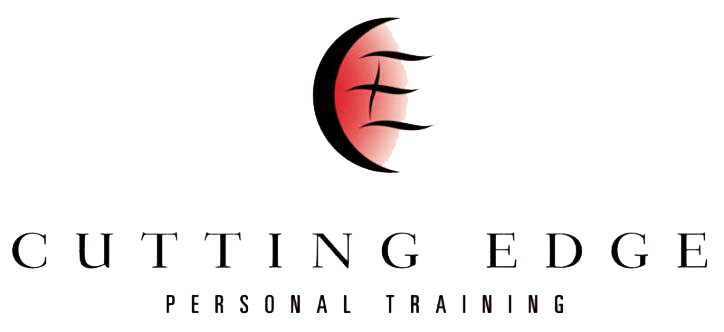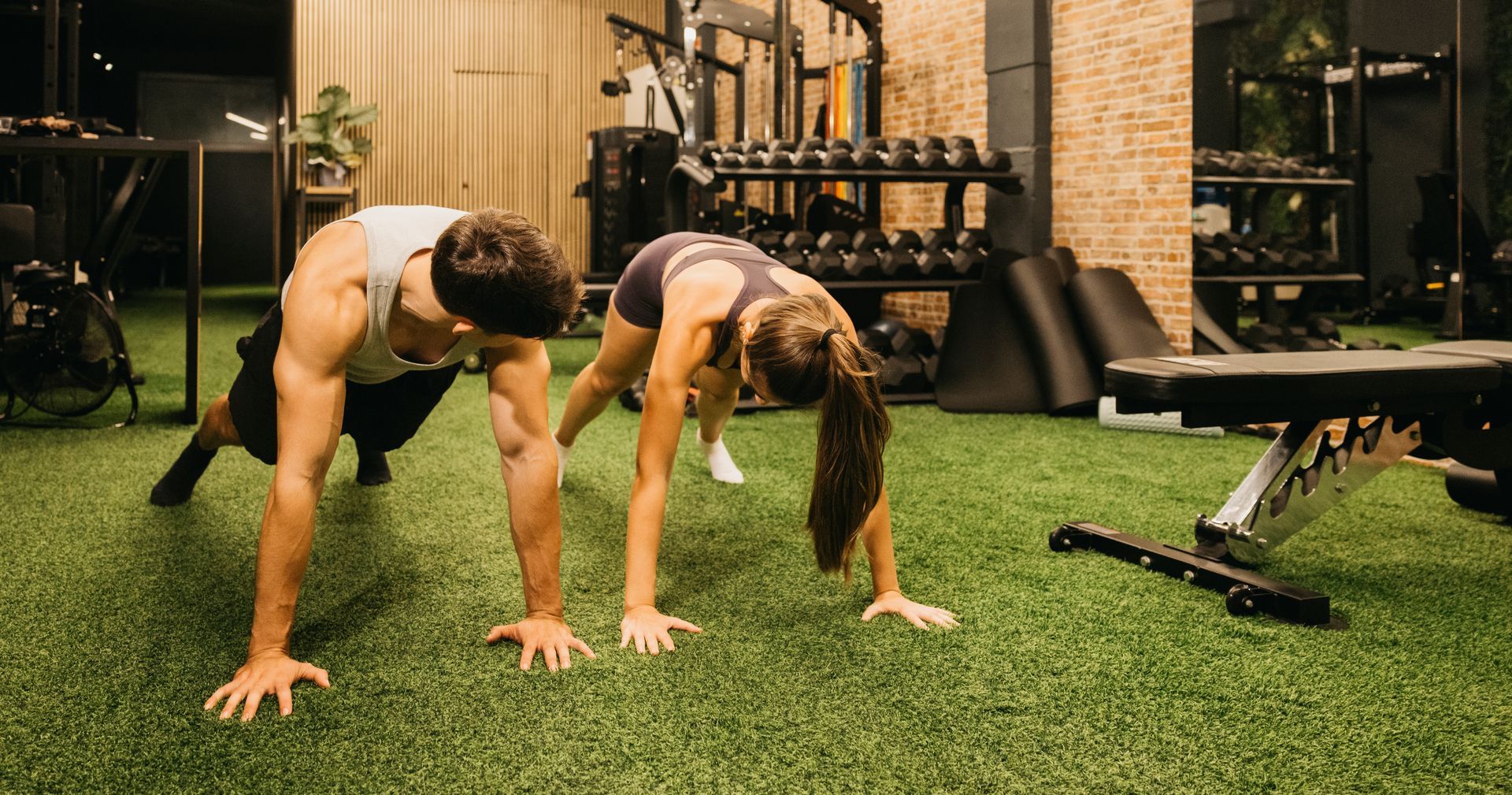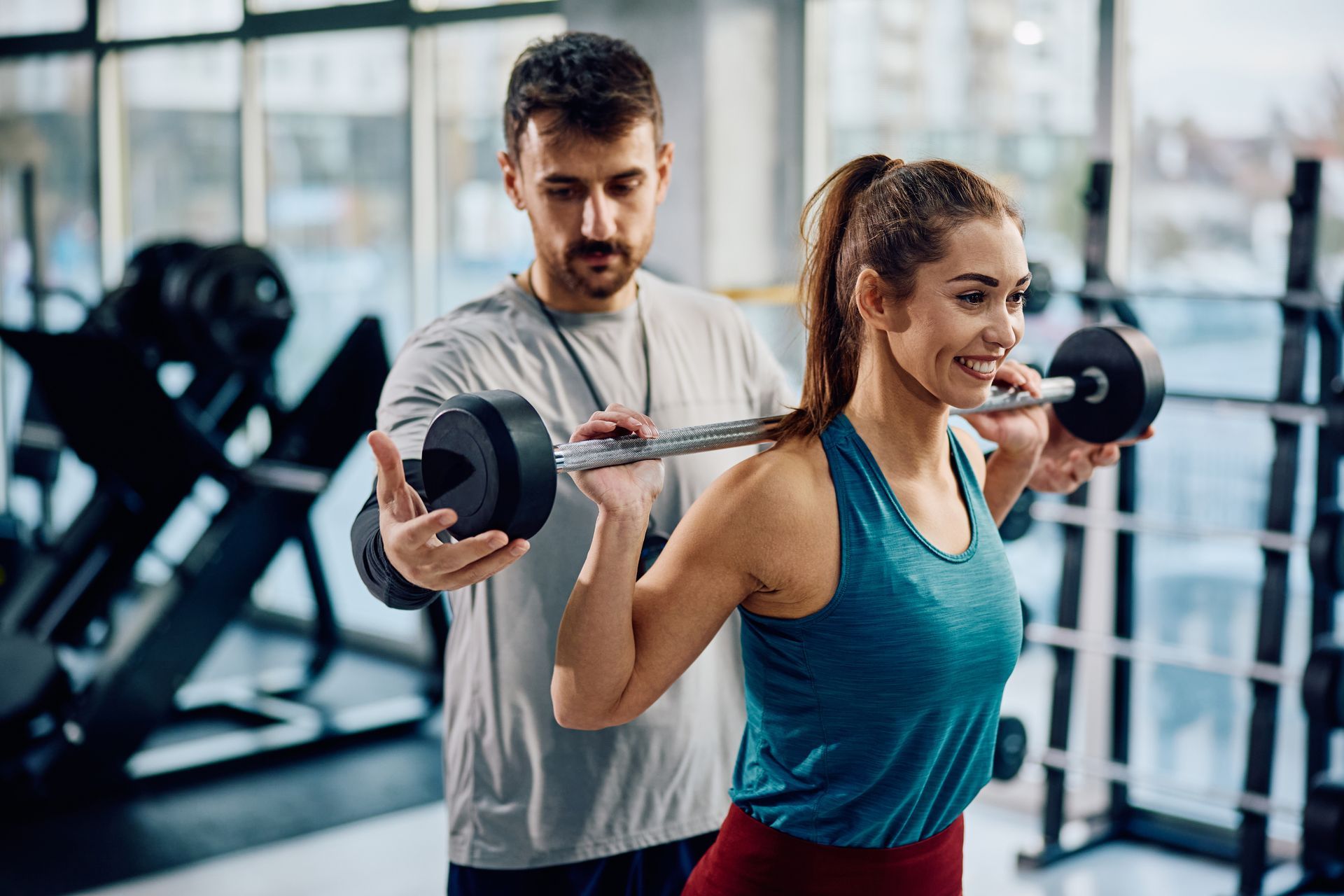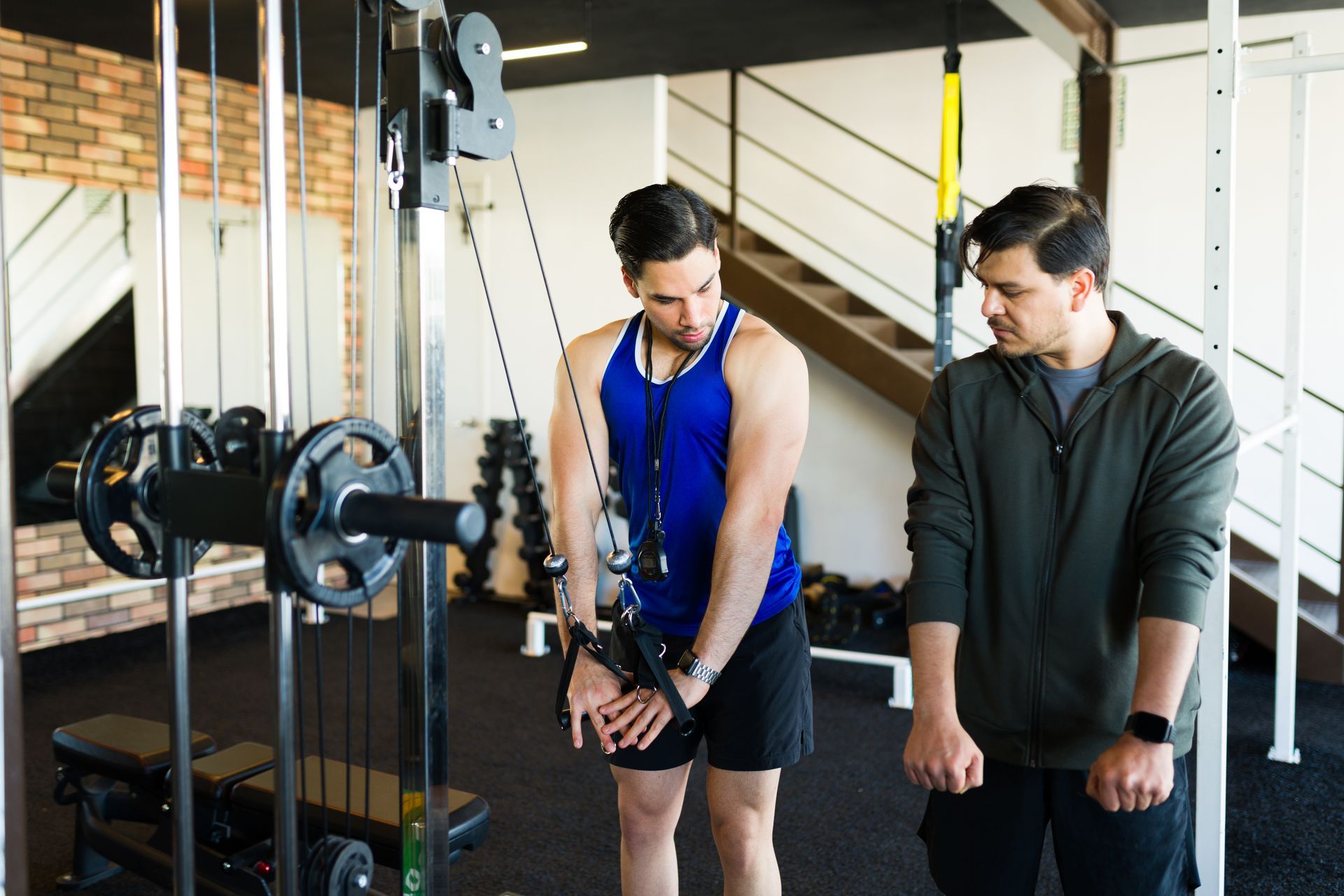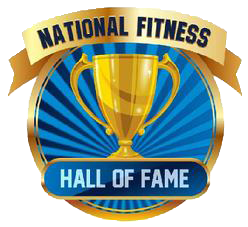January 21, 2022
Elements of a Successful Fitness Plan
There is one common thing among new trainees...
The different exercises they do in the gym is because somebody else told them to do so.
However, they don’t know the logic behind it. They lack overall fitness knowledge.
As a matter of fact, most people DO NOT know what they are doing in the gym before they start doing it...
In order to be efficient with your time and progress in the gym, it’s best to understand why you are doing specific movements, resting for
specific time frames, etc.
Have you ever wondered what the fundamentals behind a successful fitness plan are?
Why are the exercises ordered in a specific way?
What are the fundamentals in creating the perfect fitness plan, which fits your goals?
To learn the answer to all of these questions and more, continue reading.
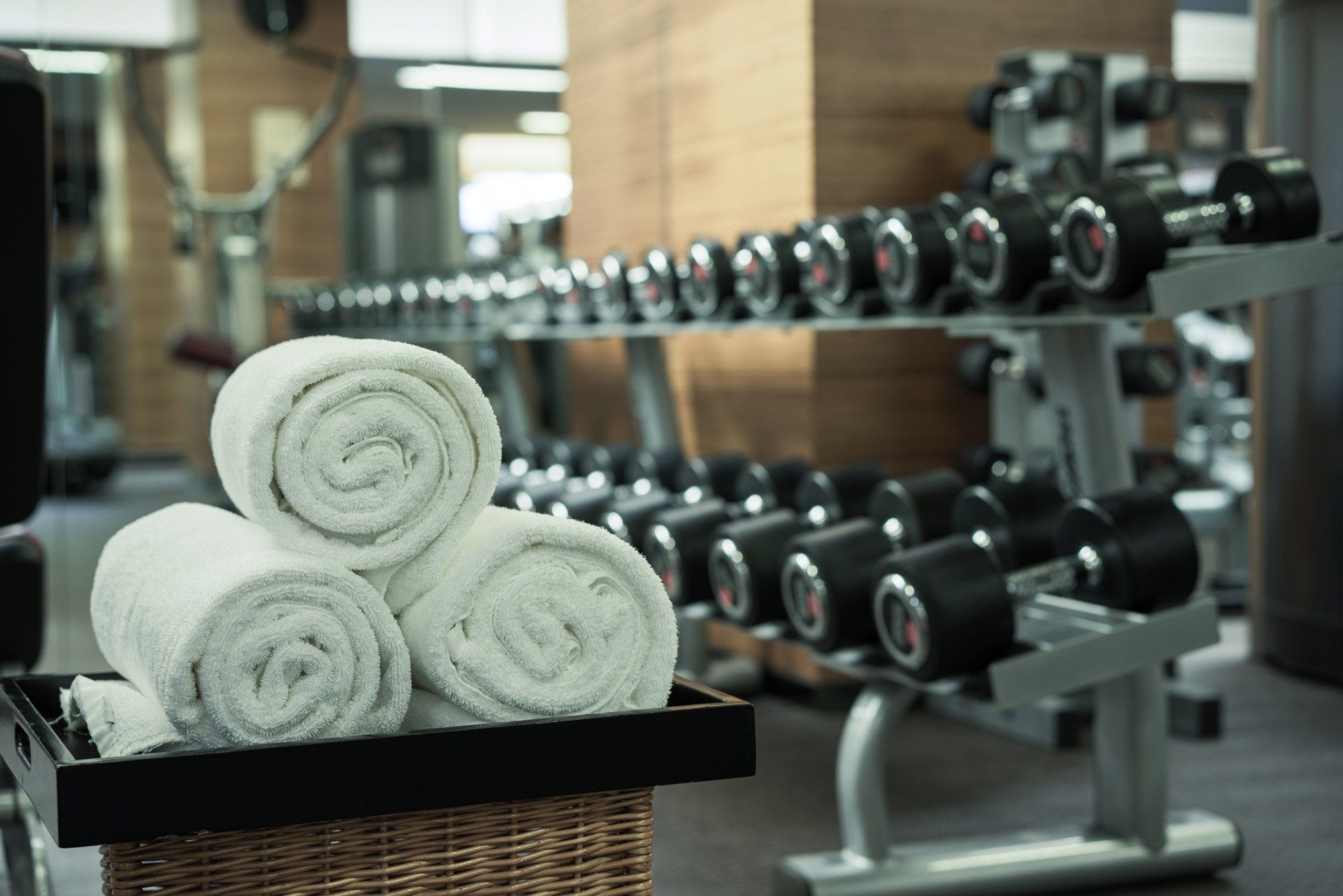
What Does the Perfect Fitness Plan Consist Of?
It might surprise many of you, BUT a random training program from the internet and diet might not be enough to achieve your dream physique.
There are five components that you have to consider when following a fitness plan.
1. Strength Exercise
Compound movements such as Deadlift, Bench Press, Squat and Overhead press are essential exercises that each one of you should implement in your programs IF you don’t experience any pains or discomfort when performing them.
You can progress on these movements on almost every training session, in one way or another.
They are the core of every program. Becoming stronger on these movements goes hand in hand with hypertrophy (muscle growth).
In other words, you get stronger and more muscular. Isn’t that the perfect scenario?
2. Accessories
Other movements such as biceps curls, triceps/leg extensions, lateral raises, lat pulldowns should also be in your program, but they shouldn’t be the main focus.
If you are a natural trainee, you should implement these exercises and try to linear progress them.
Still, as we mentioned above, your primary focus should be building your strength on the compound movements.
As the name suggests, accessories are just an “accessory” to your training program.
3. Conditioning/Endurance
Aerobic exercises should also be part of your routine if you want to maintain good health.
From my experience, there are many trainees out there who neglect to do any form of cardio.
Now, I don’t want to be misunderstood here.
Cardio needs change if you already have enough physical activity throughout the day. (i.e. you do 10k+ steps every day).
However, to maintain and improve your heart’s health, you will want to implement some aerobic work, as well.
And I don’t mean that you have to do long boring cardio on the treadmill.
You can try jumping rope, “Tabata” training, or any other sport out there, such as swimming, tennis, or even a martial art.
4. Sleep
You’ve this (and maybe even ignored it), but sleeping is of major importance for your overall health and performance at the gym.
Bad sleeping habits will affect how you look and feel. In fact, sleep deprivation will decrease your productivity throughout the day.
Getting 7-8 hours a night and going to bed around the same hour will adjust your circadian rhythms, and you will benefit from it massively.
Better recovery, better performance, feeling better overall.
5. Proper Nutrition
You can’t outperform a good training plan with a crappy diet!
I personally recommend tracking calories and macronutrients to every athlete out there at the beginning.
By doing this, you understand how nutrition works and what macros most foods consist of, as well as how much you actually need.
Now, if you don’t want to track every gram of your food, that’s alright.
Just keep in mind the following things:
● Try to consume a good source of protein such as fish, meat, eggs, whey protein on every meal.
● Stay away from processed foods, which are high in trans-fats and carbs.
● Keep alcohol consumption at a minimum (2 glasses of wine per week)
6. Training Volume
One of the most crucial (if not the most) factors in your training plan is the TOTAL amount of work done for a given workout.
Volume is the primary driver of adaptations on a muscular and neurological level, and when paired with intensity (exertion), it can give great results.
In your training plan, aim to have 5-15+ working sets, per muscle group, per week.
You’d be on the lower end as a beginner and on the higher end as you advance.
Split this volume into separate training sessions to maximize performance from set to set and, thus, quality volume.
Try it and you will see amazing results for yourself!
Takeaway Message
Focus on building your strength by progressing on the compound movements every session.
Implement aerobic exercises in your plan to maintain good cardiovascular health.
Get enough sleep per night to maximize your performance in and outside the gym.
Follow a “proper diet.”
Last but not least, ENJOY what you are doing.
Any questions? Shoot me an email!
